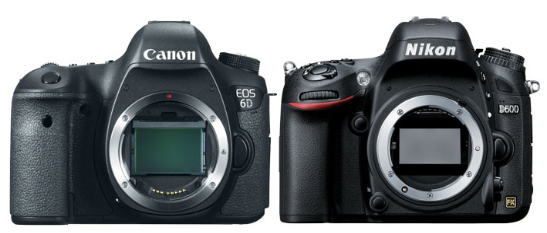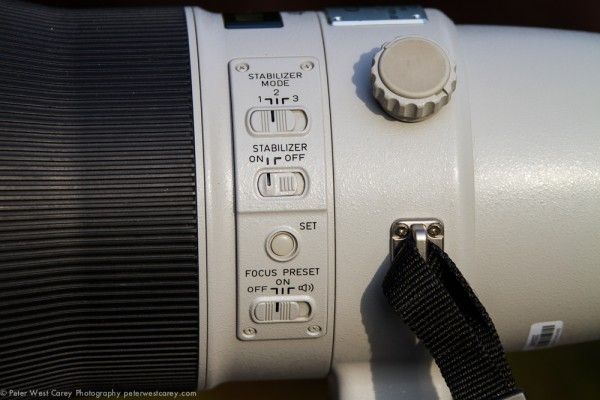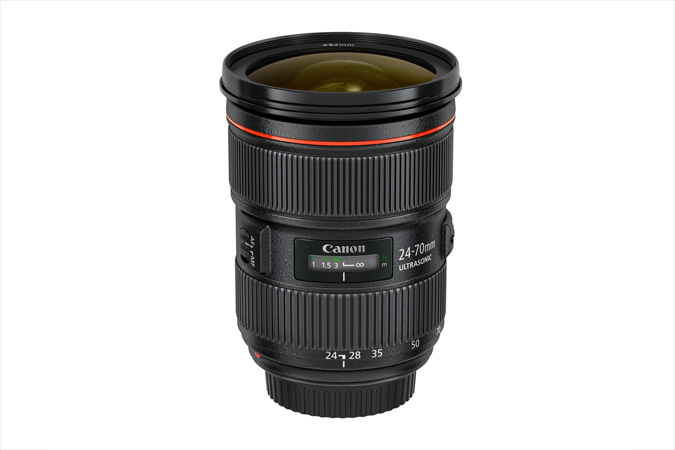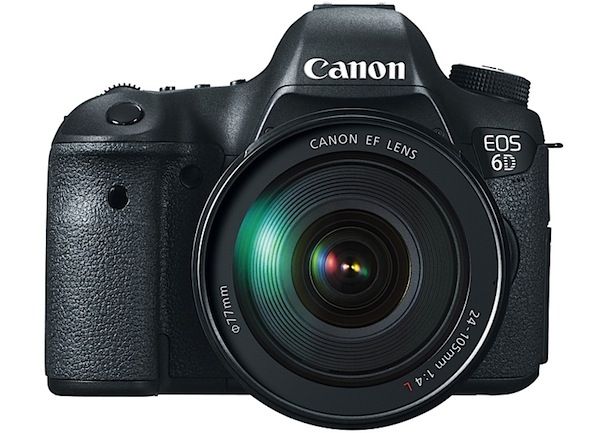First week of EOS 6D is behind us. We aforesaid it (though we were wrong on the name), Canon made it. Now let’s see how the community is dealing with Canon’s new, entry level full frame DSLR, of which Canon says it is the smallest and lightest full-frame DSLR to date. The EOS 6D is clearly countering Nikon’s D600 ($2100). The EOS 6D is also Canon’s first EOS DSLR with built-in WiFi and GPS. This means you can change your camera settings, geotag photos and transfer your shots to your smartphone (or ipad, Android tablet etc) using Canon’s free iOS and Android apps. The 6D costs $2100 and can be per-ordered at the following shops (click on shop name):
Btw, I think the EF 17-40mm f/4L USM (around $700, click here) is the perfect lens for this full frame camera, and, with a price of around $700, it is one of the more affordable L lenses in Canon’s line-up.
Cameralabs published a preview and an interview with the European Product Manager, Richard Shepherd (video above). Another preview comes from The Onlinephotographer. If you guess which camera among the EOS 6D and the EOS 7D is the right one for you, then you should have a look at Digitalcameraworld, since they are tackling this very question. Read the article, since it is comparing both cams on a detailed basis. However, here is a short sum-up:
Reasons to buy the Canon 6D
- Its much larger sensor (more than 2.5x larger than the 7D), and all the creative possibilities it affords
- Higher sensitivity and better low-light performance
- Wi-Fi capability
- GPS functionality
- HDR function
- Smaller and lighter
Reasons to buy the Canon 7D
- Faster continuous shooting rate
- More cross-type focus points (19 vs 11)
- More viewfinder coverage (100% vs 97%)
- Faster maximum shutter speed (1/8000sec vs 1/4000sec)
- Much cheaper
Next hands-on preview comes from ephotozine, lots of pics of the camera itself. Finally, there is Petapixel’s Michael Zhang who had his hands on the EOS 6D and is sharing its thoughts.
I have also an interview with Mike Owen, Professional Image Marketing Manager for Canon Europe Ltd, made by Imaging Resource founder and publisher Dave Etchells. The interview is rather long and mainly about the EOS 6D (but not only). Regarding the sensor resolution:
We very much feel that that resolution, 20 to 22 megapixels on a full frame sensor is the real sweet spot. It’s the maximum that we can get to without starting to see a conflict between noise performance and resolution. And obviously, what we want to try to do is give you the best possible balance. And over the last few years, what you’ve seen is that other manufacturers have been sort of creeping up with their resolution. But we’ve reached a sort of sweet spot since 5 years ago when we launched the 1DS Mark III. And we think that, at the moment, that is the better place to be in terms of performance, allowing people to have the high ISO capabilities–high as you’re able to get with the current Canon range as well as the high resolution and image quality.
About the auto-focus system and the reasons for having just one cross type sensor:
I mean, yes, there is the cost side of things, but what we’ve tried to do with the autofocus system on the 6D is to actually improve low-light performance. It goes down to EV -3. So when emphasizing low-light performance, we’ve always had to make elements of the AF system larger, which limits our ability to put in more cross-type points.
Finally, below you find a video hands-on review by DigitalCameraWorld.
EOS 6D price check: B&H Photo, Adorama, Amazon USA, Amazon Canada, Canon Canada, Canon USA
EF 17-40mm f/4L USM price check: B&H Photo, Adorama, Amazon USA, Amazon Canada, Canon Canada, Canon USA






